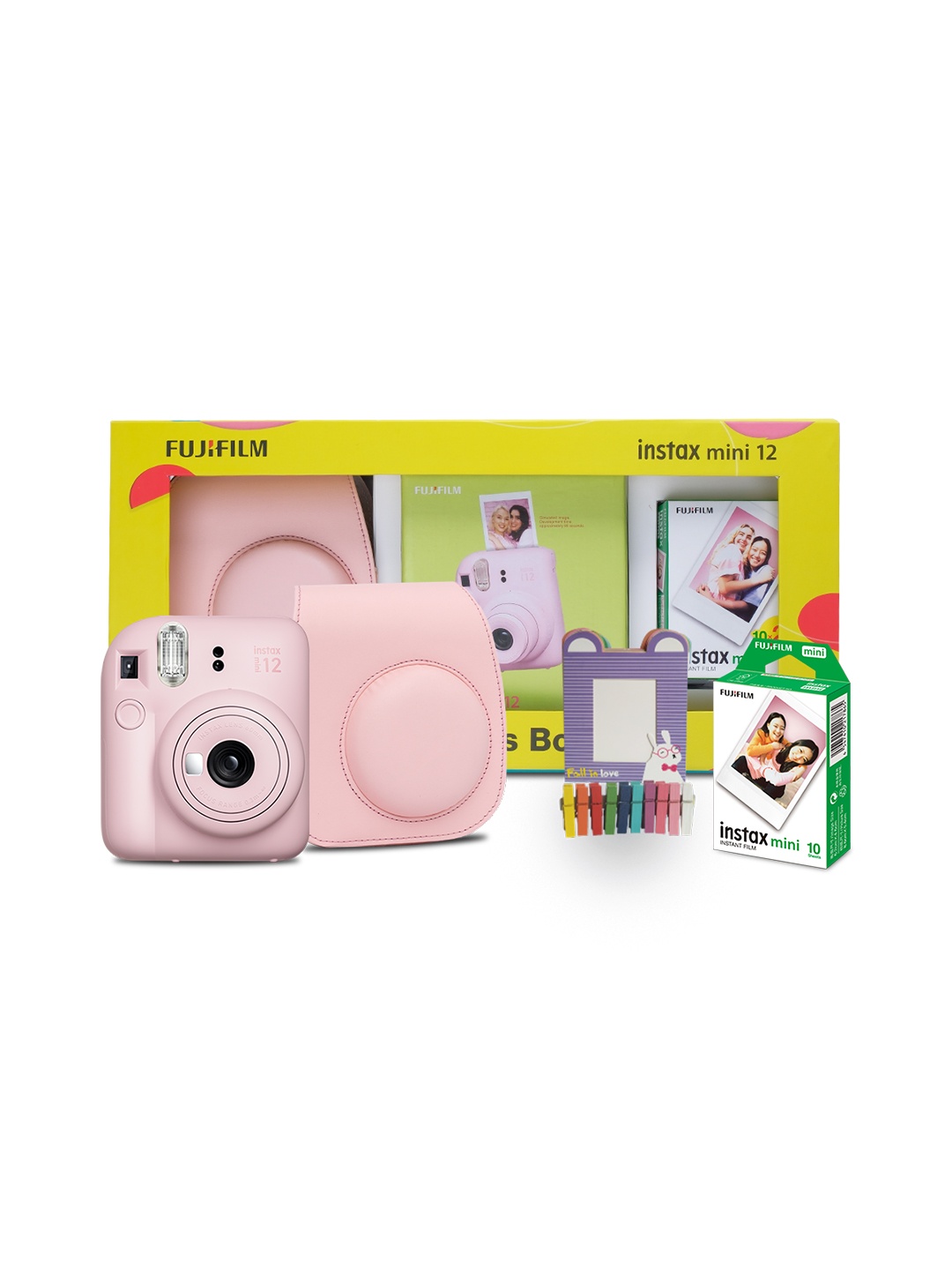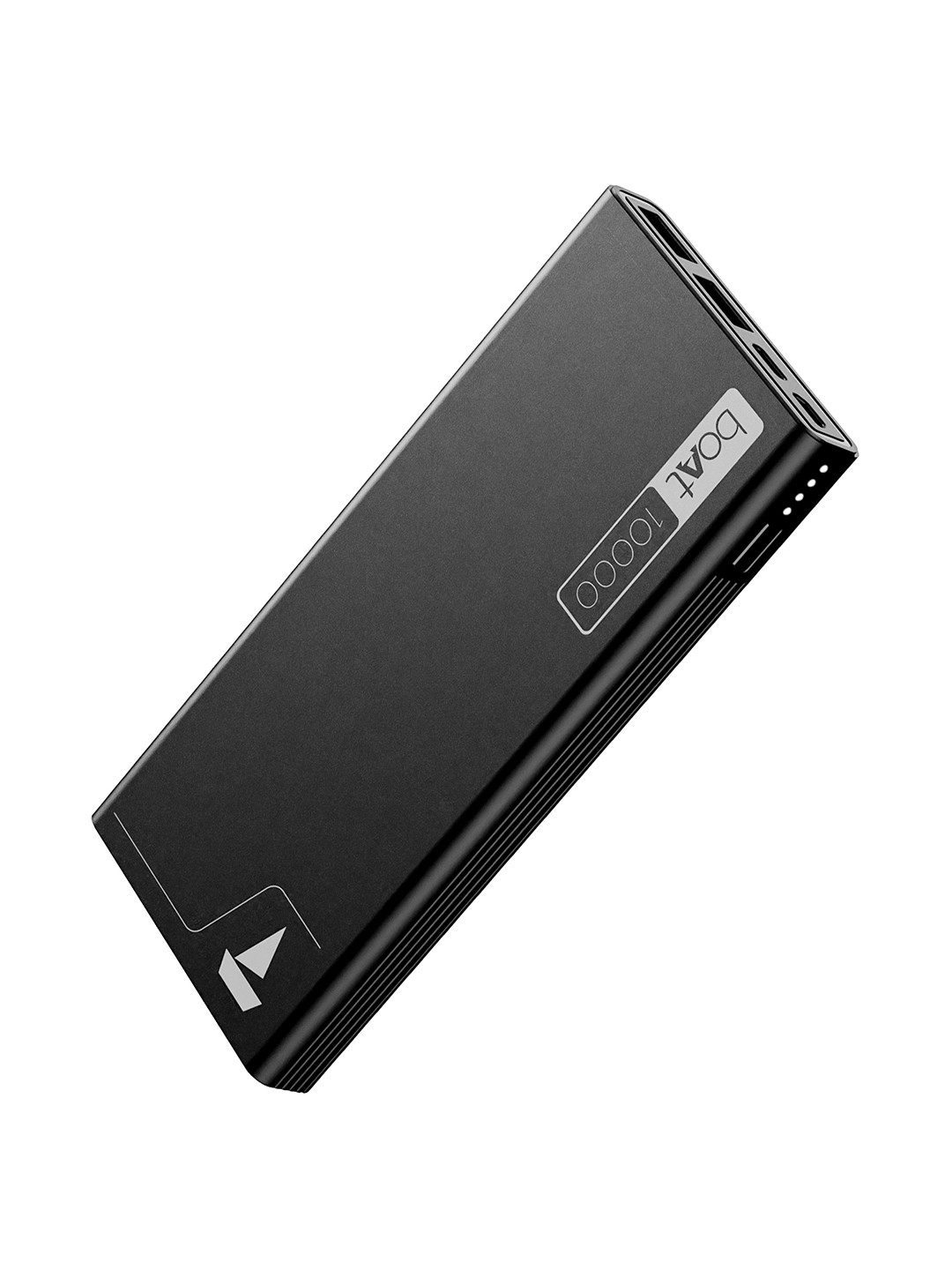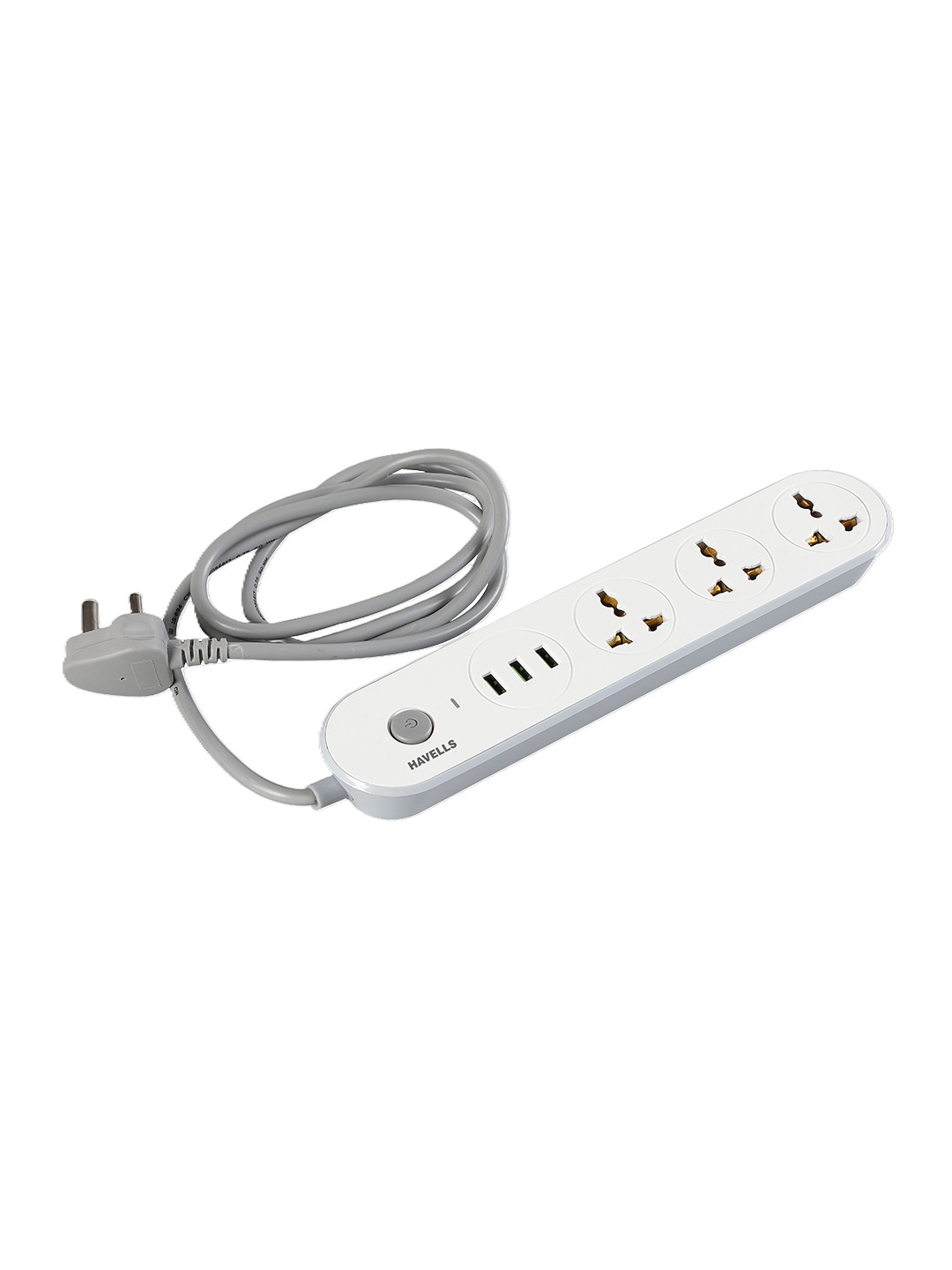How To Make A Portable Speaker Sound Better In Any Room: 10 Tips And 5 Picks
Struggling with poor sound from your Bluetooth speaker, even though it cost a pretty penny? Here's a guide with 10 practical, tried-and-tested ways to make your portable speaker sound better no matter where it's placed.

10 tips that can make your portable speaker sound amazing in any room.
There's something deeply satisfying about music filling up a room. It can lift your mood, get your feet tapping, or soothe your nerves after a long, chaotic day. But what happens when your Bluetooth speaker, no matter how expensive or well-reviewed, just doesn't sound quite right in your space?
It's a problem more common than you'd think. Rooms have a strange way of influencing sound, walls can echo, floors can absorb bass, and corners can trap sound like a lazy neighbour hoarding gossip. The good news? You don't need to splurge on high-end audio systems to fix it. With a bit of creativity and know-how, you can dramatically improve your speaker's sound, be it in your bedroom, living room, or even the kitchen while waiting for the chai to boil.
Here's a guide with 10 practical, tried-and-tested ways to make your portable speaker sound better no matter where it's placed.

Want to make your portable speaker sound great anywhere? Here are 10 practical, tried-and-tested tips to improve its sound no matter the location; Photo Credit: Pexels
1. Perfect The Placement
It's tempting to just drop the speaker wherever it looks cute, maybe next to a lamp or hidden behind the TV remote. But placement matters more than most realise. The surface, the height, and even the direction it's facing can change the way your speaker sounds.
Try placing it on a solid, stable surface, wood works better than glass, which often creates unwanted reflections. Keep it off the floor (unless you're hosting a dance-off), and avoid corners, they tend to muffle and muddy the sound. If you're in a square room, try a central spot at ear level. Facing the speaker towards the listener, not a wall, works wonders.
Remember, your speaker isn't just a device, it's a performer. And like any performer, it deserves a good stage.
2. Use A Wall, But Not Too Close
Walls are tricky partners when it comes to sound. Too far, and your speaker might lose depth. Too close, and the bass gets trapped, making it feel like the music's coming through a cotton saree.
Place your speaker about six to twelve inches away from a wall. This distance allows the sound to bounce back just enough to add richness without distortion. Some rooms naturally enhance sound if the speaker is placed near a long, uninterrupted wall; think of it as an acoustic ally.
So next time, resist the urge to push your speaker all the way to the wall. Give it a little breathing space, and it'll thank you with better bass and clarity.
3. Mind the Room's Material Mix
Not all rooms are equal. A bedroom with soft curtains, cushions, and a thick rug will sound vastly different from a tiled kitchen with echo-friendly walls. Hard surfaces like glass, marble, and tiles reflect sound sharply, often leading to an echoey or metallic quality.
To fix this, soften the space. Add cushions, carpets, or even a thick bedsheet to absorb some of that bounce. A simple curtain over a bare window or a rug underfoot can mellow the harshness and give your music more warmth.
No need for a complete makeover, just a few tweaks to balance out the materials. Your ears will notice the difference almost instantly.

Make a few adjustments in your room to change the sound quality; Photo Credit: Pexels
4. Elevate the Speaker, Literally
Don't let your speaker slouch. Just like posture matters in yoga, elevation can bring a big boost to audio quality. Placing your speaker at ear level, whether you're sitting on a beanbag or standing and dancing, makes a significant difference.
You can use a small stool, a bookshelf, or even a stack of sturdy old textbooks (finally, that engineering textbook finds a purpose). The idea is to avoid placing it on the floor or too high up on a cupboard, where sound tends to disperse unevenly.
An elevated speaker focuses sound straight toward you, less bouncing around and more direct listening pleasure.
5. Pair It Right: Know Your Device
Bluetooth speakers often depend heavily on the source device, your phone, tablet, or laptop. If your device has poor audio output or is set to low quality (some phones compress Bluetooth audio to save battery), you're not hearing your speaker at its best.
Check your phone's Bluetooth settings. Some devices offer ‘high-quality audio' or support advanced codecs like AAC or aptX. Turn them on. Also, make sure your media app isn't reducing quality; apps like Spotify, for instance, have settings for 'data saver' that significantly reduce sound fidelity.
Just a few taps can make the difference between 'meh' and 'magnificent.'
Also Read: Ready For A Better Sound Experience? Explore Top Soundbars And Speakers on Amazon
6. Explore Your Equaliser Settings
Every song has layers, bass beats, crisp highs and subtle vocals. Sometimes, your speaker just needs a bit of help to bring them all out. That's where the equaliser (EQ) comes in.
Most music apps (like Spotify, YouTube Music or even your phone's native player) offer EQ settings. Tweak them based on the room. If the space absorbs bass, add a bit more. If echoes are overwhelming, reduce treble slightly.
There's no one-size-fits-all here. Try a few presets, 'jazz', 'acoustic', or 'pop', and settle on what sounds best in your space. It's like seasoning your food, taste and adjust.

Explore the equaliser settings of your portable speakers
Photo Credit: Pexels
7. Avoid Clutter Around The Speaker
Think of sound like water flowing out of a tap. If you block it with too many objects, books, photo frames, tangled chargers, the flow gets disrupted. Speakers work best when they have open space around them.
Clear the area around your speaker. Let it breathe. A clutter-free zone lets the sound expand fully into the room without being muffled or scattered.
If you've kept your speaker in a bookshelf crammed with novels and old bills, it's time to set it free.
8. Connect Two For Stereo Magic
Most good portable speakers today support stereo pairing. That means if you have two speakers of the same brand and model, you can pair them together for a richer, more immersive experience.
Stereo sound adds depth, left and right channels mimic how we hear naturally. You'll notice instruments separating, vocals getting clearer, and a fuller presence in the room.
It's especially brilliant for house parties or movie nights. If you've got a birthday bash coming up, this is a game-changer. The only downside? Friends might never want to leave.
9. Use A Reflective Surface
While soft materials absorb sound, sometimes you want a bit of bounce, especially if your speaker lacks bass. A reflective surface, like a wooden table or a clean wall behind the speaker, can help amplify lower frequencies.
For instance, placing the speaker on a wooden desk near a window can add surprising depth to the sound. Just don't overdo it, too many hard surfaces, and you're back in echo town.
It's a balance. Think of it like making dosa, too much heat and it burns, too little and it stays soggy.

Changing the placement of the speaker can also affect its sound quality
Photo Credit: Pexels
10. Keep It Charged And Updated
Here's the simplest trick in the book: make sure your speaker is charged properly. A low battery often leads to reduced volume, weaker bass, and even connection drops. Many people blame the room or the song, but it's just the speaker gasping for power.
Also, check for firmware updates. Brands like JBL, boAt, or Sony often push software improvements through their companion apps. These updates can fix bugs, improve battery life, or even enhance sound quality.
Treat your speaker like your best friend, charge it, update it, and it'll never let you down.
Products Related To This Article
1. pTron Fusion Pro Retro Signature 20W Bluetooth Speaker with Pristine Sound
2. Mivi Roam 2 Bluetooth 5W Portable Speaker
3. boAt Stone 352 Pro
4. Portronics Nova 40W Portable Bluetooth Speaker with Dual Passive Radiator
5. JBL Go 3
6. Sony SRS-XB100 Wireless Bluetooth Portable Lightweight Super-Compact Travel Speaker
7. Xiaomi Sound Outdoor Speaker
Making a portable speaker sound better isn't about buying the most expensive gear or turning your home into a recording studio. It's about understanding the space you're in, using a bit of intuition, and making small, smart changes that add up.
From placing your speaker correctly to softening your room with everyday items, these tweaks are simple, affordable, and surprisingly effective. After all, music isn't just about sound, it's about feeling. And when your favourite song hits just right, filling the room with the perfect blend of clarity and bass, it can transform an ordinary moment into something unforgettable.
So go ahead, experiment, move things around, press a few buttons, and rediscover the joy of sound. Your playlist deserves it. And so do your ears. So, shop portable speakers online and enjoy your favourite beats.
Disclaimer: The images used in this article are for illustration purpose only. They may not be an exact representation of the products, categories and brands listed in this article.

























